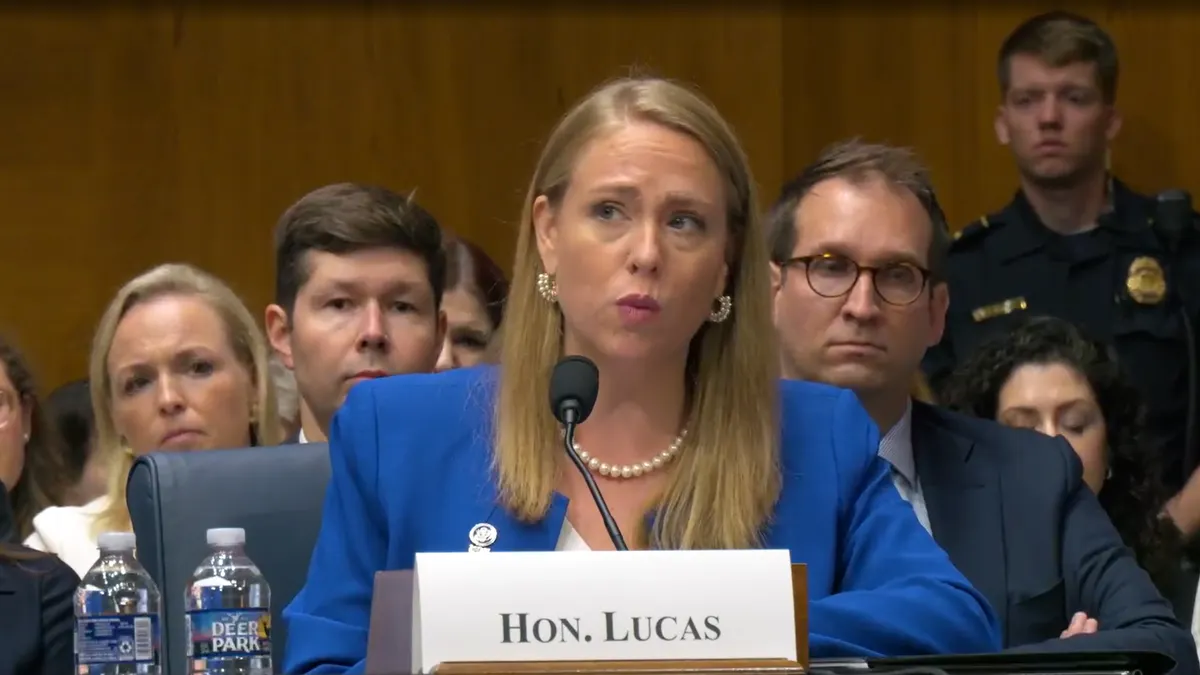Employers often complain that the Family and Medical Leave Act is difficult to administer, and that’s particularly the case when FMLA leave is intermittent, or occurs at irregular intervals.
Frustrations aside, however, it’s important for employers to keep a good-faith mindset that employees who request such leave do so because they need it, according to Jeff Nowak, shareholder at Littler Mendelson and author of the FMLA Insights blog.
“When we’re dealing with family medical leave, our approach should be employee-centered,” Nowak said in an interview. “When an employer approaches the need for leave with a level of sincerity rather than cynicism, the employer is more likely to be met with sincerity in return.”
Beyond that, there’s much employers should keep in mind around FMLA leave, and Nowak offered a short list of considerations.
1. Intermittent leave requests have grown, partly due to mental health issues
Courts are seeing an uptick in mental health-associated FMLA cases, Nowak said, and mental health conditions are increasingly cited as a cause of worker absences.
Last year, mental health and leave absence firm ComPsych published data showing that 11% of all leaves logged in its platform during 2024’s first quarter were taken due to mental health reasons. That represented a 22% increase in mental health leaves compared to 2023’s first quarter.
Moreover, courts have found in a number of cases that a change in employee behavior and moments of mental health crises can be sufficient notice of the need for FMLA leave, per Nowak. But it can be difficult for employers to both recognize mental health issues and link them to the FMLA specifically.
“It’s really difficult to understand and appreciate mental health issues because they often don’t manifest in ways that are obvious to the employer,” he said. “Naturally, there is a concern whether the employee is using FMLA appropriately in times when it’s not visible or obvious to the employer when that employee needs a leave of absence.”
2. Expectations should be set upfront
There’s no magical solution that can prevent potential misuse of intermittent leave, Nowak said. However, employers can get ahead of any hiccups by setting clear expectations around things like communication of the need for leave, what leave can be used for and how the employee and employer will communicate during the leave.
Good policies on these points resonate with employees, their physicians and courts, Nowak said. Employers, he added, should take time to explain the specifics of call-in requirements, certification obligations, check-in obligations and any other logistics.
“Particularly when it comes to call-in procedures, this is key,” Nowak said. “I find that employers all too often have not established and maintained a consistent call-in procedure for employees to report their absences.”
3. Vague or insufficient leave certifications can be trouble
Employers may use medical certifications to verify the need for intermittent leave. But employers often fail to request a certification and, even when they do, the certification functions as a little more than a “rubber stamp,” Nowak said. Employers should not be afraid to follow up on vague or incomplete certifications, he added.
Physicians do at times forget to outline the medical facts in support of FMLA leave, Nowak said. In other instances, the employee’s primary care physician may reference certain specific and complex medical conditions of the employee that are being treated by a specialist who does not complete the certification form. If that’s the case, the employer might want to ask the specialist directly, Nowak said.
Similarly, if an employer suspects misuse of leave — for example, where an employee has a pattern of Friday and Monday absences — employers can send a letter to the employee and their physician outlining the suspected misuse and asking the physician to clarify whether the leave is needed.
“I’ve found that that tactic is both permissible under the law and the regulations, but is also particularly effective in reigning in employee misuse of FMLA leave,” Nowak said.
On other occasions, the frequency and duration of an employee's health condition may be either unclear or “out of whack with what we might expect of that condition,” he continued. That is another opportunity to follow up on the certification.
Employers may not always receive a perfect answer, “but part of the battle here is to ensure that the employee and physician are being honest with their assessments,” Nowak said. “It also sends the message to the employee that you’re not just going to simply roll over and accept any certification that is incomplete or insufficient.”
4. It’s not always the employee’s fault if a certification is late
U.S. Department of Labor guidance states that employers must allow employees 15 calendar days to obtain a certification. But Nowak cautioned employers on being too quick to deny leave requests in the event an employee is late in doing so.
“I think we can all relate to how difficult it is to see a doctor these days,” he said. “Be careful about denying FMLA leave or delaying it in instances where the employee appears to be making a reasonable effort to obtain that certification.”
To put a point on it, Nowak noted that case law has been “increasingly friendly” to employees in this area, and courts “often give employees every benefit of the doubt to return that certification even if it is not completed in that 15-day time period.”
5. The FMLA’s regulations expect a level of courtesy from employees
Employees must comply with an employer’s call-in procedures unless unusual circumstances prevent them from doing so, according to DOL, and they must provide notice as soon as practicable in the event they cannot.
That’s all the more reason for employers to set a tight window of time for employees to provide notice of their need for intermittent leave, Nowak said. Allowing days and weeks to pass before the employee is required to report an FMLA absence is ill-advised; “that’s a free opportunity for an employee to misuse FMLA leave,” Nowak continued.
Call-in expectations also should outline the manner in which the employee is expected to call in, the consequences of fraudulent use of leave and any prohibitions on secondary employment during leave, he said.
Finally, employers may set expectations around employees’ scheduling of medical treatments. Here, DOL similarly states that when leave is needed for a planned treatment, employees must make a “reasonable effort” to schedule that treatment so as not to unduly disrupt the employer’s operation. Employers may opt to partner with employees to come up with an arrangement that works best for both sides, Nowak said.
6. A manager’s errant comments or actions may lead to a court date
As with most areas of compliance, managerial training is imperative in managing intermittent FMLA leave, per Nowak. Case law, he said, is riddled with situations in which “an otherwise meritless FMLA case is breathed into life because of a manager’s misstep or prejudicial comment about the employee’s need for leave.”
Managers should be given direction as to what they can do with the employee’s notice once they receive it and how to respond to the request, he continued.






















